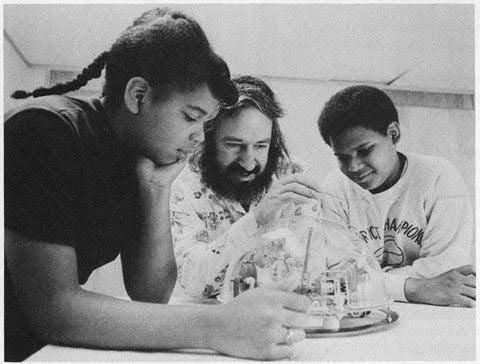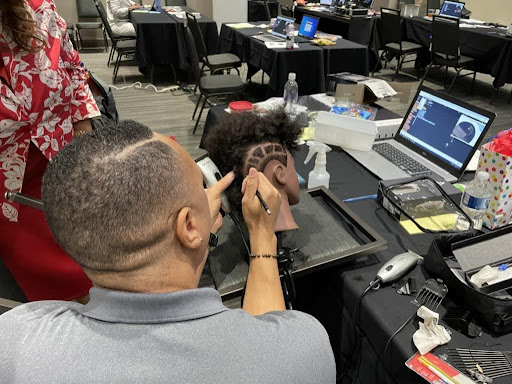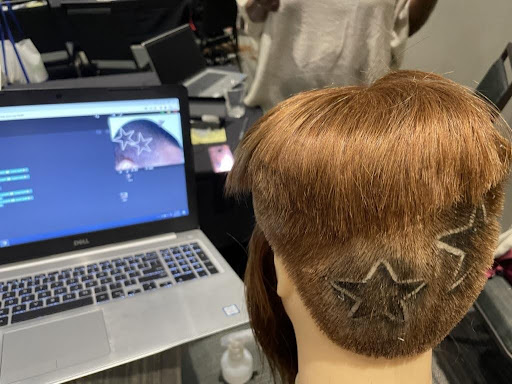Trial-and-Error
Learning in Computing
Trial-and-error is important to software design and development. It describes an iterative (i.e., repetitive) process of trying something out, seeing how it works, identifying errors or “bugs”, and addressing those errors before trying again… and again, and again, until you get an outcome you like or want.
Unlike many tests in schools, in computer science making errors are good things that we learn from. As computer scientist and educational activist Seymour Papert (1980) explained, “Errors benefit us because they lead us to study what happened, to understand what went wrong, and, through understanding, to fix it" (pp. 126-127).

Sometimes mistakes and errors lead to unexpected and interesting results that you might want to keep. We can think about trial-and-error as a type of collaboration with a computer, where you both are working together to make unique contributions to the final result.
Learning in Barbering
Trial-and-error is also important for barbers. Like in computing, learning from mistakes is an important way for barbers to grow and develop their skills.
A barbering instructor put it this way: “The trial-and-error part comes in seeing your flaws and learning to fix them on the next go around because you're gonna actually make mistakes. Even a professional, sometimes, you make mistakes, but you've got to be able to correct those mistakes and learn from the things that you do as time [goes] on.”

But, unlike computing, learning from trial-and-error happens on a longer time scale with barbering, since hair takes time to grow back.
Professional barber and barbering instructor, Marwin McKnight, always encourages his students to embrace trial-and-error when learning to work with hair. He explains, "Trial-and-error is what brings out the best in you! Many trial-and-errors have turned into some of the greatest creations, the best designs, and honed so many people to produce their best skills. I encourage my students to embrace trial-and-error because it teaches them how to build and learn from it. The results from trial-and-error build character and help them to value where they came from, to appreciate where they are"
Learning with Barbershop Computing
With the Barbershop Computing program, you can bring trial-and-error learning from computing and trial-and-error learning from barbering together. You can try out different designs in the program, creating multiple iterations by creatively collaborating with the computer, before attempting a design on a hair mannequin, a classmate, or yourself in your barbering classroom.
